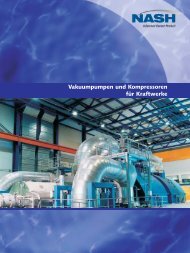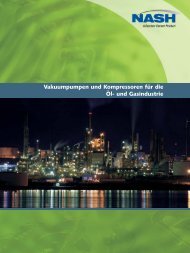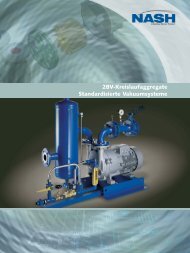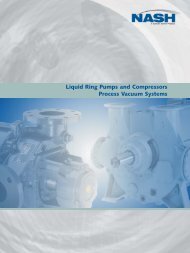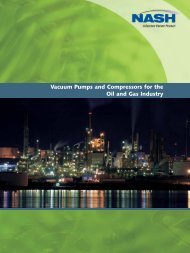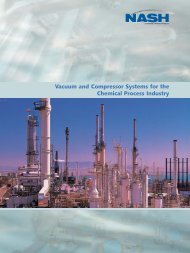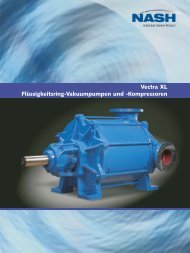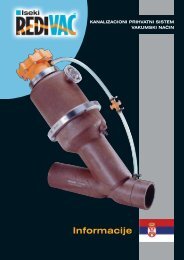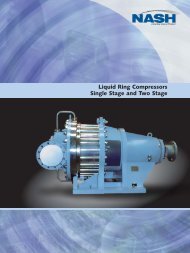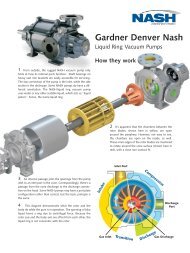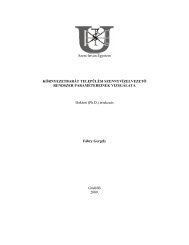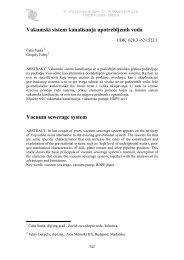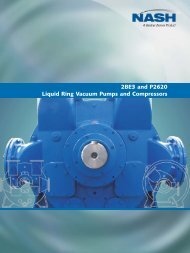introduction
introduction
introduction
You also want an ePaper? Increase the reach of your titles
YUMPU automatically turns print PDFs into web optimized ePapers that Google loves.
Sewage arrives via normal gravity pipes at the lower section, or wet sump, of the collection<br />
chamber just like a manhole in a conventional gravity system (see Figure 3.1).<br />
As the level of the effluent within the wet sump rises, air is trapped in a pipe called a ‘sensor<br />
pipe’, the pressure of which increases as the effluent level continues to rise (see Figure 3.2).<br />
This increase in air pressure is subsequently transferred via flexible tubing to the top section of<br />
the interface valve which is known as the ‘controller’.<br />
Eventually this pressure becomes great enough to operate a switch within the controller which<br />
then allows vacuum pressure to be transferred to the main body of the valve and cause it to<br />
open.<br />
With the valve in the open position, air at atmospheric pressure acting on the surface of the liquid<br />
within the wet sump then forces the sewage into the ‘suction pipe’, past the interface valve and<br />
onward into the sewer pipe network (see Figure 3.3).<br />
Once all of the sewage has been removed from the wet sump, the valve remains open for a short<br />
period of time to allow air at atmospheric pressure to enter the sewer pipe network (see<br />
Figure 3.4).<br />
The valve then closes under the action of a spring to complete one cycle.<br />
2. The Vacuum Sewers<br />
The sewage is now within the second element of the system, namely the vacuum sewers and<br />
typical profiles of these sewers can be seen in Figure 8 in the appendix.<br />
The diameter of the pipes is between 90mm to 250mm and they are normally constructed from<br />
High Density Polyethylene (HDPE) jointed using electro-fusion welding collars.<br />
It is the air admitted through the interface valve that is the means by which the sewage travels<br />
along these sewer pipes.<br />
Initially the sewage travels at velocities of up to 6m/s as a foaming mixture of liquid and air. The<br />
velocity gradually reduces as the mixture moves along the sewer and the air eventually overtakes<br />
the liquid and continues onward towards the vacuum station.<br />
At this point the vacuum sewers act exactly like conventional gravity pipes and the sewage travels<br />
within them by normal gravity flow.<br />
Eventually the sewage comes to rest at low points within the sewers called ‘invert lifts’ and<br />
remains stationary. The next time an interface valve opens and allows air to enter the sewer<br />
network, this sewage is lifted from the low point and transported onward towards the vacuum<br />
station (see Figures 3.5 to 3.7).<br />
12



